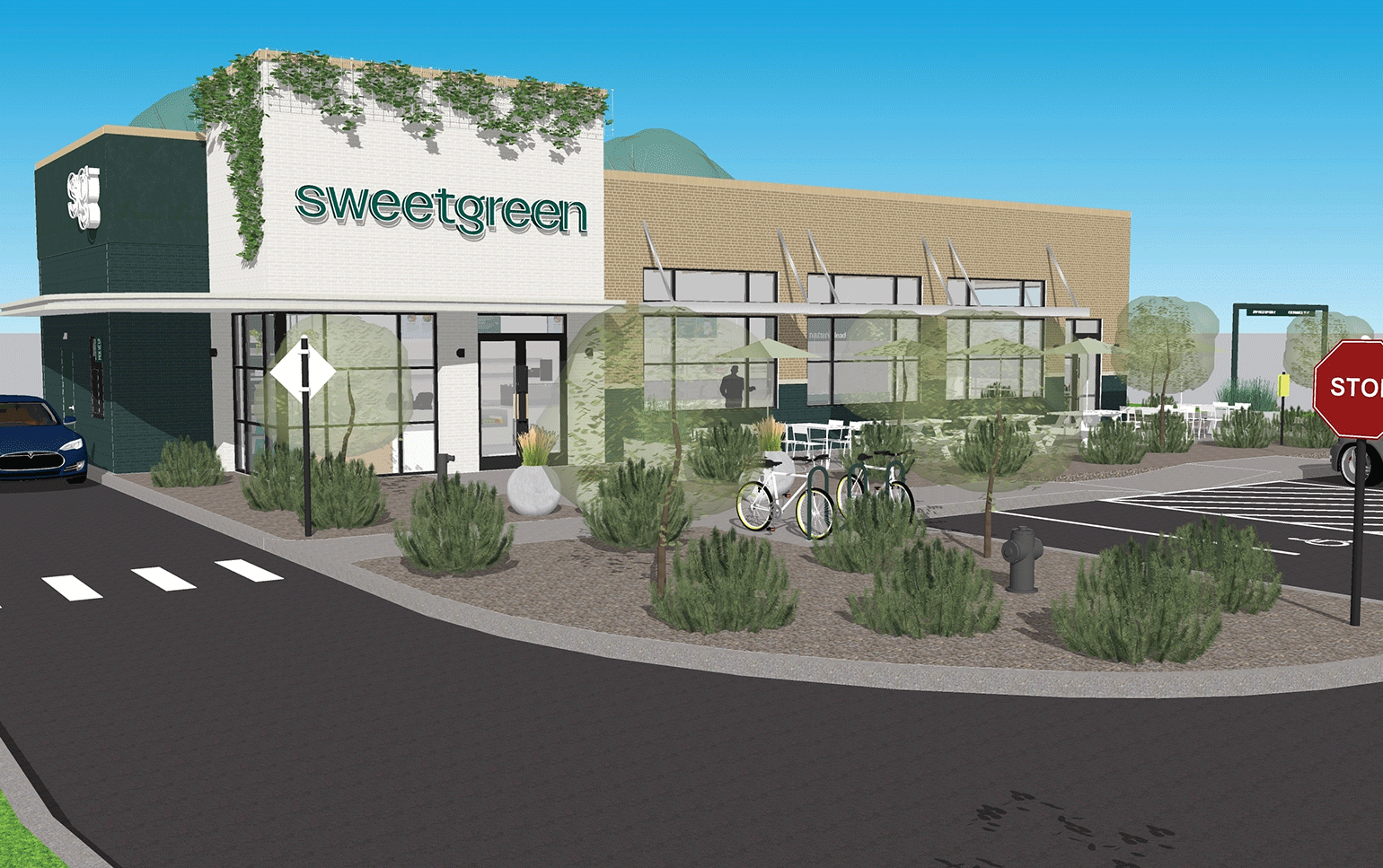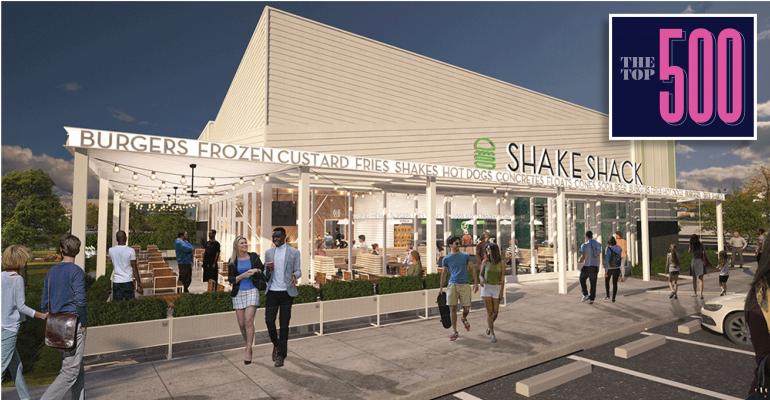Workers who vacated the business centers of urban areas to work from home during the pandemic took their restaurant dining with them, and it’s not yet clear how much of it they will bring back.
A Pew Research Survey in conducted in January found that 59% of workers who were able to work from home were doing so, and most would like to continue to working remotely. Compounding the impact of remote working is the fact that many consumers also have moved out of the nation’s largest cities to live in suburban, exurban and rural locations.
These shifts present both challenges and opportunities for restaurant operators in the NRN Top 500, as they try to assess where to invest in unit growth and evaluate the future potential of locations that had relied on pre-pandemic patterns of working, commuting and home life.
Some operators have doubled down on their investments in suburban locations, while their sales lagged in urban areas, although there are signs those urban sales are returning.
Shake Shack, for example, reported that sales in its home market of New York City were down significantly in 2020 and 2021, compared with 2019, but both suburban and urban locations showed same-store sales growth in the first quarter of this year. Same-store sales in Manhattan, for example, were up 35% in the first quarter, and other urban markets, including Las Vegas and Washington, D.C., were up more than 20%, the company said in a call with analysts.
Suburban sales also continued to grow, on top of comparisons with double-digit same-store sales gains a year ago.
“We remain encouraged by our opportunity in suburban markets as we continue development and evolve formats,” said Katherine Fogertey, chief financial officer.
The company notched unit growth of 19.1% and sales growth of 41% in 2021. It has been expanding both in traditional suburban locations with its new drive-thru formats, and in nontraditional locations such as sports stadiums, airports and highway rest stops.
Sweetgreen, the Los Angeles-based chain, has also stressed the potential of suburban unit development, after unit growth was basically flat (down 0.7%) in 2021. In a first-quarter earnings call, the company said 90% of its development pipeline for 2022 is in suburban locations.

Sweetgreen has stressed the potential of suburban unit development after unit growth was basically flat in 2021.
Sales at the company’s suburban stores have remained strong, while urban-store sales have bounced back after taking a hit from the decline in sales from a dearth of office workers in the past two years.
“As our urban stores have recovered, we’ve seen no change in our suburban stores, which is really encouraging,” said Mitch Reback, CFO.
Rival chain Just Salad also said it plans to focus new unit development in both urban and suburban locations. The New York-based company is planning nearly 20 company-owned restaurants in 2022, after adding six net new locations in 2021, for a total of 47.
“We are seeing awesome success in suburban and urban markets,” said CEO Nick Kenner in a recent interview with NRN.
Much of the company’s expansion will take place in existing markets such as Florida and the New York Tri-State area.
In suburban markets, “the white space is obviously huge,” said Kenner. “We have evolved pretty seamlessly from a purely urban concept to one that works equally well in the suburban landscape.”
Other concepts, including Yum! Brands’ KFC, are taking a closer look at opportunities in urban markets. The company last year unveiled plans to aggressively expand in select cities, including St. Louis, New York City and Baldwin Park, Calif.
The chain is rolling out stores in urban markets featuring a new inline design with a strong focus on takeout as part its Next Generation store initiative.
Overall, Top 500 chains that recorded unit-count growth in 2021 have restaurant-site distribution among urban, suburban and rural locations that closely mirrors the entire industry, said Mark Brandau, associate director of content at Datassential.
Just over half — 50.7% — of the growing chains’ restaurants were urban, vs. 49.7% for the industry as a whole. Meanwhile, 38.6% of the growing chains’ locations were suburban (vs. 38.9% for the industry), and 10.7% were rural (vs. 11.4% for the industry).
“There's no neat, tidy correlation between concentrating locations in type of geographic area and sales growth,” said Brandau. “Rather, the segments that are growing rapidly have a geographic footprint that makes sense for those restaurants.”
For example, full-service seafood/steak restaurants over-index for urban markets; full-service American restaurants (mostly casual dining/bar-and-grill concepts) over-index for suburban markets; and limited-service salad/healthful restaurants are largely concentrated in urban locations, and much less so in rural areas, he explained.
Brandau also looked at the data by geographic region, which revealed that the top-growing chains have distribution in markets across the U.S.
Utah over-indexed for growth-chain restaurant locations, at 135, with 100 being the average for all states. It was followed by Washington, D.C., with an index of 131, Montana at 124, Michigan at 123 and Maryland at 118.
“Every region has a couple of states that over-index for locations of growing brands relative to the whole industry,” Brandau said, adding that some of the most populous states under-index with the subset of growing chains, including California (index of 97), Texas (92), Florida (99), Pennsylvania (89) and Illinois (99).
Among major metro markets, growth chains also had a diversified presence. New Orleans indexed the highest at 136 in terms of the presence of growing chains among the Top 500, followed by Salt Lake City at 133, New York City at 122, Cincinnati at 121 and Baltimore at 120.
“Sometimes the trade area benefits from having a homegrown superstar, like New Orleans does with Walk-On's Sports Bistreaux, Smoothie King and Raising Cane's, all of which are based in Louisiana and have a lot of high-performing stores in the market and across the country,” said Brandau. “The same could be said for Salt Lake City and Beans & Brews, Crumbl Cookies, Cafe Zupas and Cafe Rio.”
Read more:
- 2022 Top 500 countdown: Restaurants ranked No. 50 – No. 1
- 2022 Top 500 countdown: Restaurants ranked No. 100 – No. 51
- See the largest restaurant chains in America ranked by sales, units and more
- The most successful restaurants last year grew their omnichannel technology, not their portfolio
The Top 500 report is presented by Nation’s Restaurant News and Datassential, using insights from Datassential’s proprietary Firefly platform. Datassential’s Firefly is the ultimate strategic tool — No. 1 operator database, lead generator, customer marketing and intelligence platform, all-in-one. Learn more about getting complete access at datassential.com/firefly






